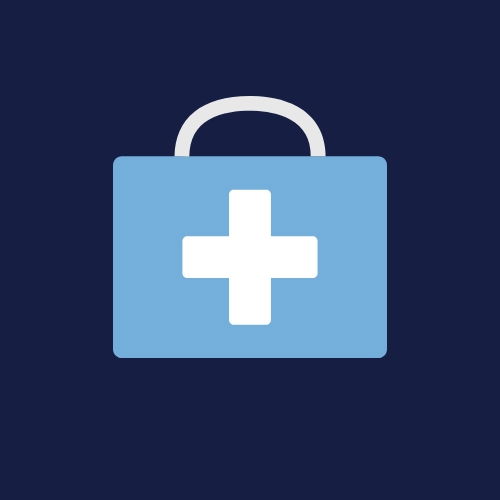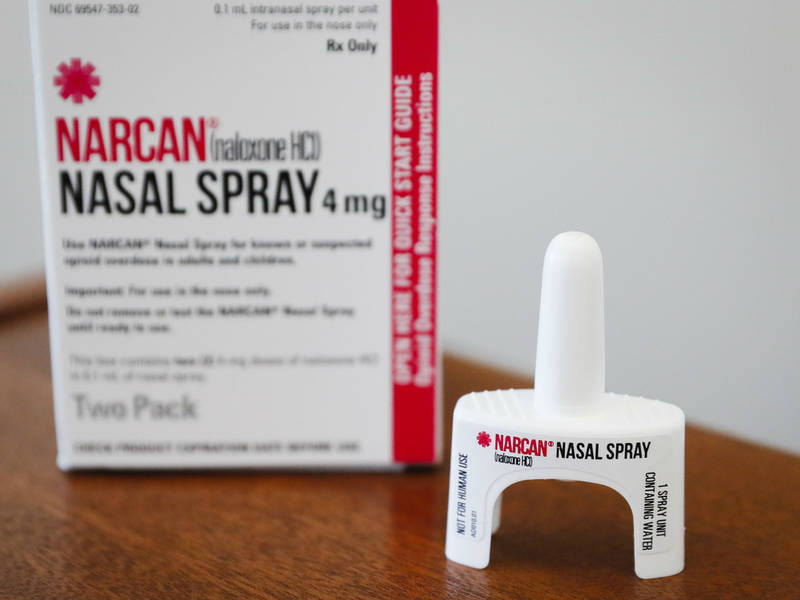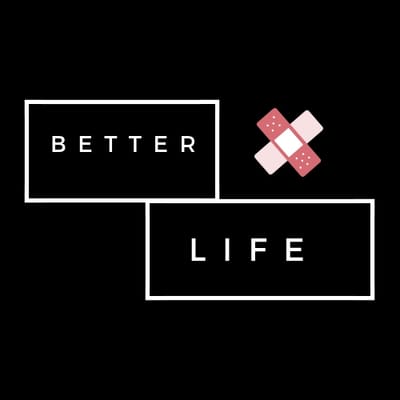How and when to use Naloxone

What is Naloxone?
Naloxone blocks or reverses the effects of opioid medication, including extreme drowsiness, slowed breathing, or loss of consciousness. An opioid is sometimes called a narcotic.
Naloxone injection is used to treat a narcotic overdose in an emergency situation. This medicine should not be used in place of emergency medical care for an overdose.
Naloxone is also used to help diagnose whether a person has used an overdose of an opioid.
Types of kits
- Nasal Spray
- Injectable
Where can you get a Naloxone kit?
Your local pharmacy or Shoppers Drug Mart. Have your health card ready. Naloxone kits are free!


Important information:
In an emergency situation it may not be possible before you are treated to tell your caregivers about your health conditions or if you are pregnant or breast feeding. Make sure any doctor caring for you afterward knows that you have received naloxone.
Drinking alcohol can increase certain side effects of naloxone.
Naloxone may impair your thinking or reactions. Be careful if you drive or do anything that requires you to be alert.
If you are using any narcotic pain medication, the pain-relieving effects of the narcotic will be reversed while you are also receiving naloxone.
Before receiving naloxone
You should not receive this medicine if you are allergic to naloxone.
If possible before you receive a naloxone injection, tell your doctor if you have heart disease.
It is not known whether this medicine will harm an unborn baby. Tell your doctor if you are pregnant.
It is not known whether naloxone passes into breast milk or if it could harm a nursing baby. Tell your doctor if you are breast-feeding a baby.
In an emergency situation it may not be possible to tell your caregivers if you are pregnant or breast feeding. Make sure any doctor caring for your pregnancy or your baby knows you have received naloxone.
How is naloxone given?
Naloxone is injected into a muscle, under the skin, or into a vein through an IV. The injection may be given by a healthcare provider, emergency medical provider, or a family member or caregiver who is trained to properly give a naloxone injection.
If you are a caregiver or family member giving a naloxone injection, read all instructions when you first get this medicine. If provided, use the "trainer" device to practice giving an injection so you will know how to do it in an emergency. Ask your doctor or pharmacist if you have any questions.
Be sure you know how to recognize the signs of an opioid overdose in the person you are caring for. Overdose symptoms may include:
slowed breathing, or no breathing;
very small or pinpoint pupils in the eyes;
slow heartbeats; or
extreme drowsiness, especially if you are unable to wake the person from sleep.
Even if you are not sure an opioid overdose has occurred, if the person is not breathing or is unresponsive, give the naloxone injection right away and then seek emergency medical care.
Do not assume that an overdose episode has ended if symptoms improve. You must get emergency help after giving a naloxone injection.
Naloxone injected into a muscle is given in the outer thigh. In an emergency, you may give an injection through the person's clothing.
After injecting naloxone, stay with the person and watch for continued signs of overdose. You may need to give another injection every 2 to 3 minutes until emergency help arrives. Follow all medication instructions carefully of kits.
Administering Naloxone Nasal Spray
Administering Naloxone injectable
* All sources are taken from the Government of Canada website

